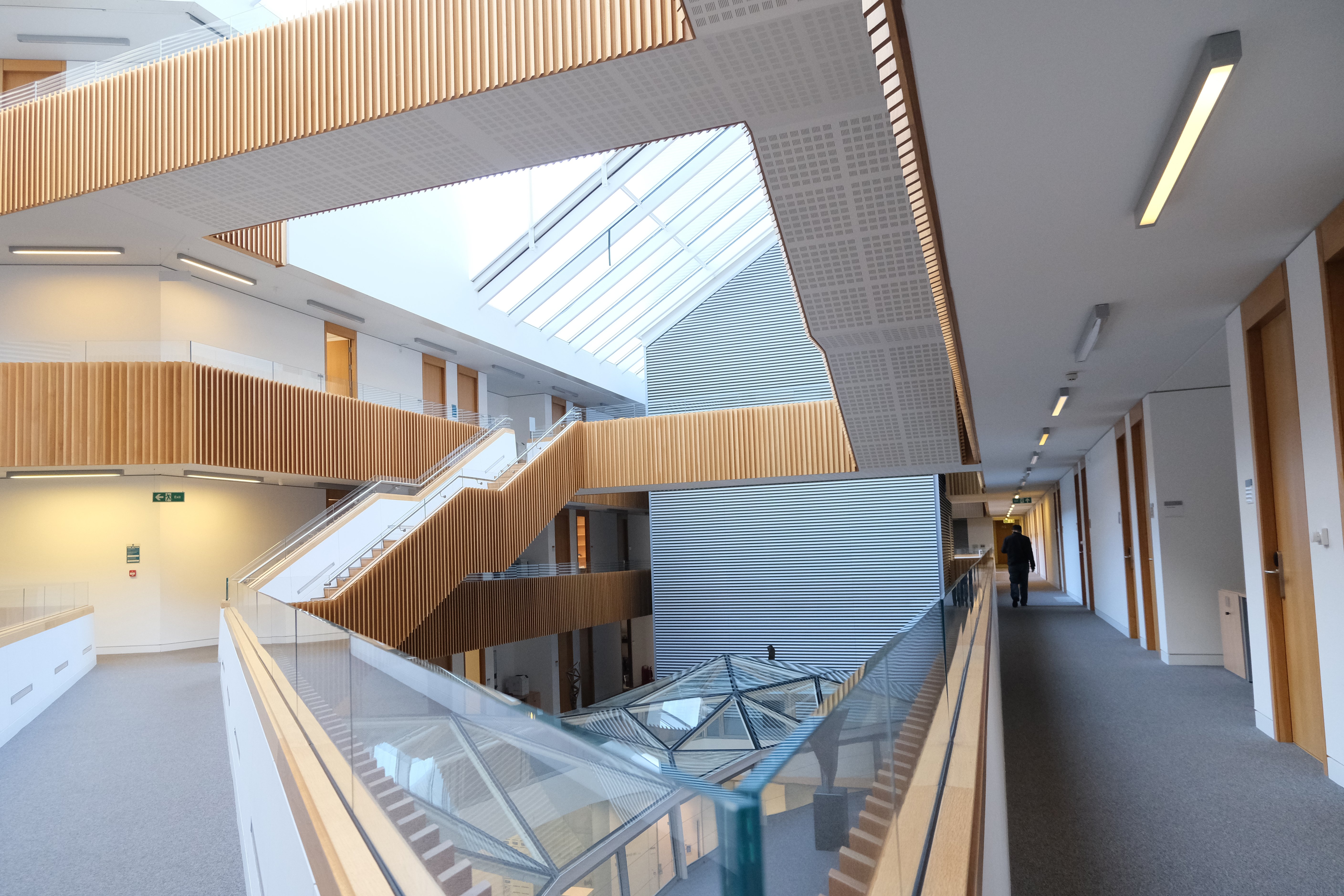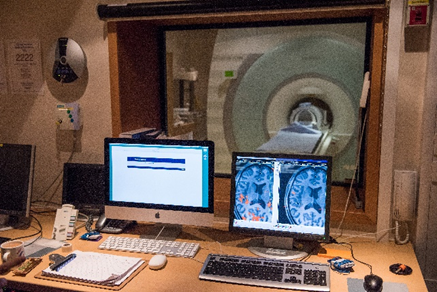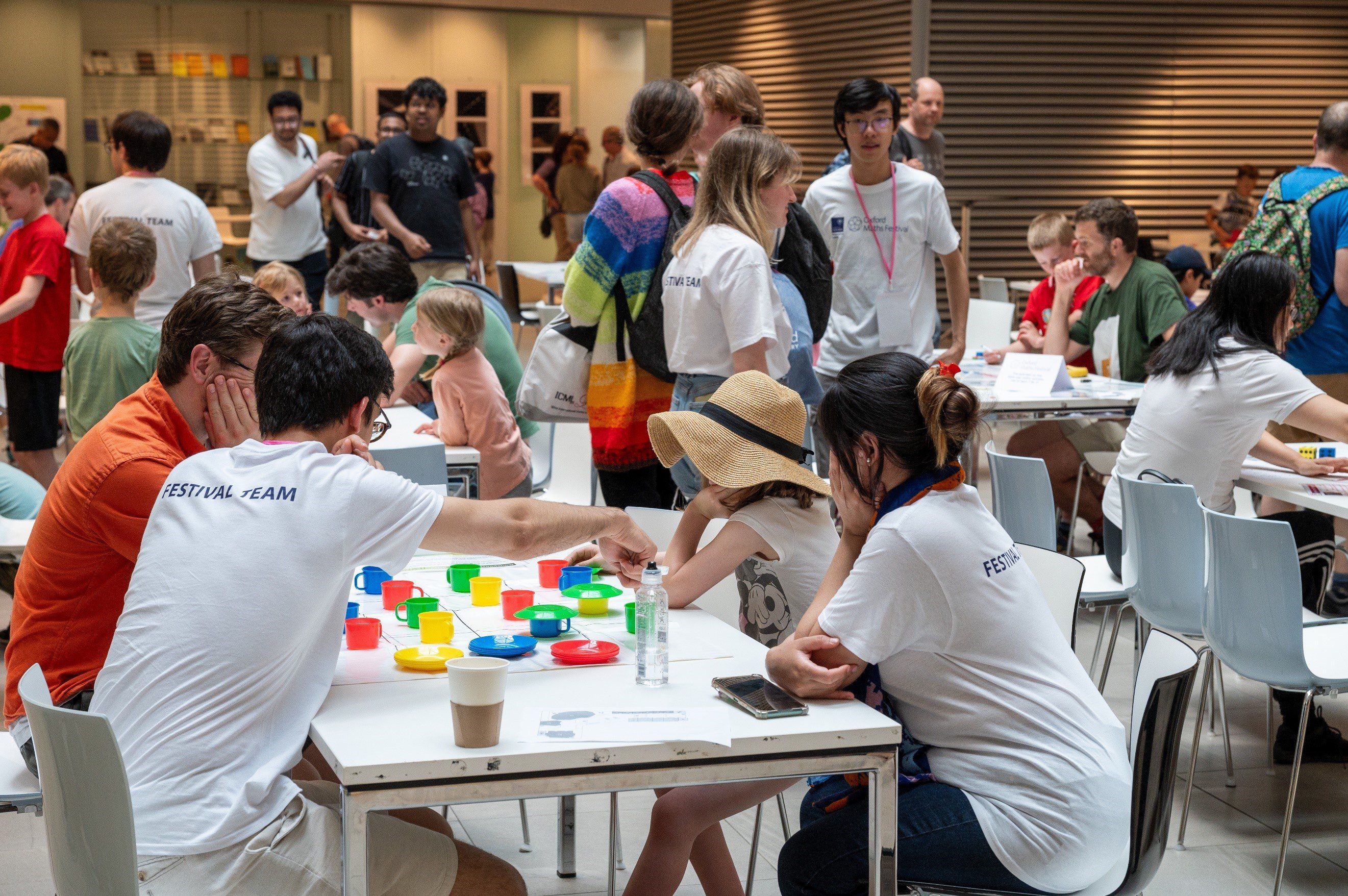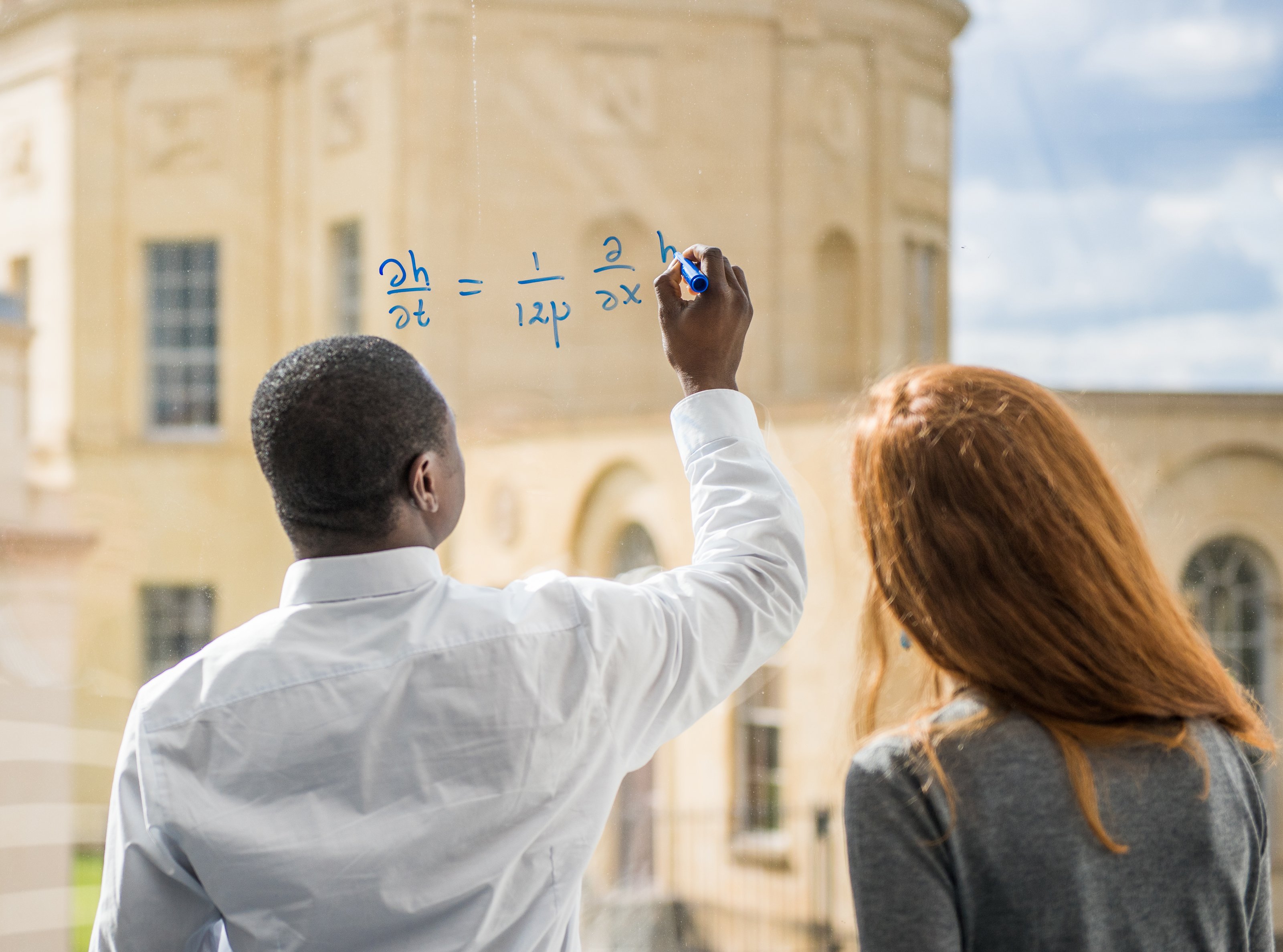Citadel and Correlation One are inviting students across Europe to compete in this Spring season’s Europe Terminal, where participants will virtually compete for $15,000USD in our competition!
 The final Hilary Term Fridays@2 is in L1 today: Teaching Mathematics as a Career (https://www.maths.ox.ac.uk/node/70565)
The final Hilary Term Fridays@2 is in L1 today: Teaching Mathematics as a Career (https://www.maths.ox.ac.uk/node/70565)
Don Van Vliet, aka Captain Beefheart, was idiosyncratic to say the least, blending a range of often experiemental musical styles over 13 albums before giving it all up and devoting himself to abstract expressionist painting (see earlier item) which, to be fair, made him far more money.
Beefheart can be very inaccessible, at least on the first 45 hearings. But fear not, this is him at his most accessible.


 Spend your summer helping develop an ultra-low-cost MRI scanner. Based in Oxford, we’re building our first prototype to reduce scan costs by 100x, enabling earlier cancer detection.
Spend your summer helping develop an ultra-low-cost MRI scanner. Based in Oxford, we’re building our first prototype to reduce scan costs by 100x, enabling earlier cancer detection. The Oxford Maths Festival is returning for 2025!
The Oxford Maths Festival is returning for 2025!
 A reminder that prelims corner is taking place next Monday at 11am in the South Mezzanine! Feel free to stop by and ask Mario any questions you may have relating to your study, problem sheets or student life in general.
A reminder that prelims corner is taking place next Monday at 11am in the South Mezzanine! Feel free to stop by and ask Mario any questions you may have relating to your study, problem sheets or student life in general.